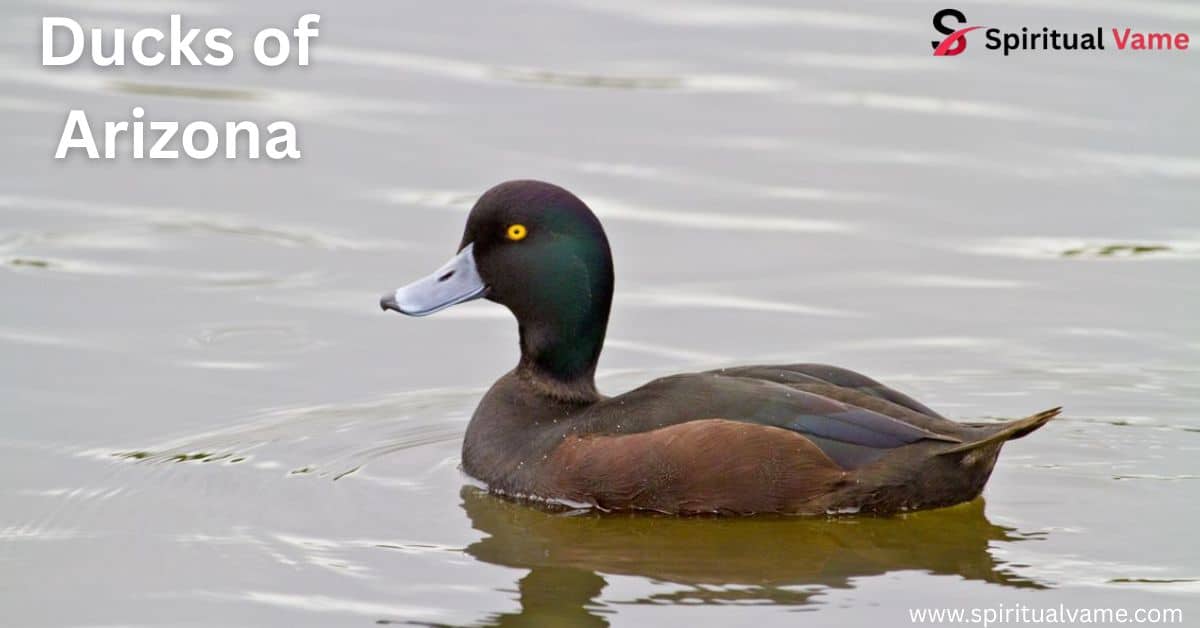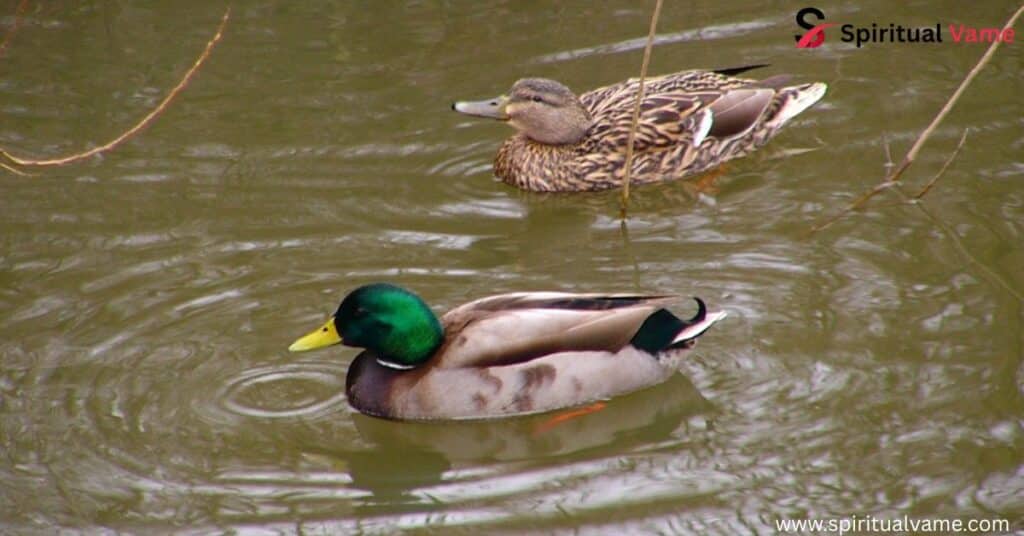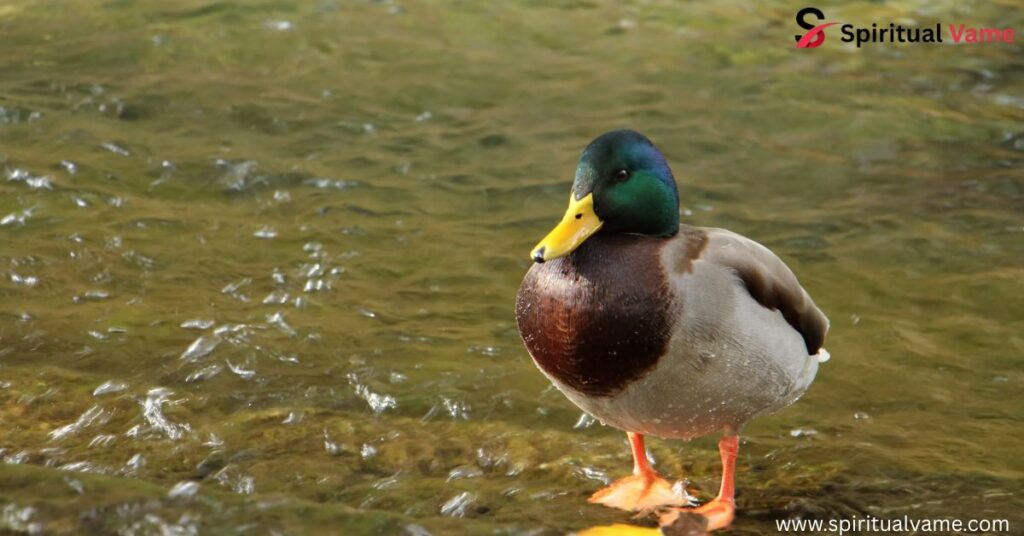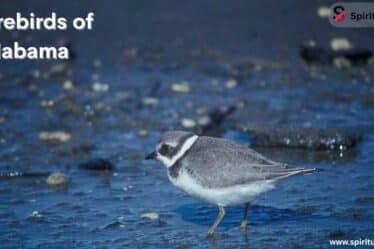
When you think of Arizona, images of dry deserts and towering cacti may come to mind. But Arizona is also home to a surprising number of duck species that thrive in its wetlands, lakes, and rivers. From colorful dabbling ducks to agile diving ducks, the ducks of Arizona play an important role in the ecosystem and offer birdwatchers a chance to spot some truly beautiful birds. Whether you’re walking through a city park, hiking by a marsh, or visiting a wildlife refuge, Arizona’s waterfowl will surprise you with their variety and adaptability.
Thanks to its mix of urban ponds, seasonal wetlands, and vast riparian areas, Arizona has become a winter and migration hotspot for ducks from across North America, including places like Canada, Alaska, and even Mexico. During breeding season or migration stopovers, you can spot everything from the well-known Mallard (Anas platyrhynchos) to the less common White-winged Scoter. Each species brings its own distinct behavior, shape, and coloration, from the elegant neck stripe of the Northern Pintail (Anas acuta) to the spoon-like bill of the Northern Shoveler (Spatula clypeata). Let’s take a deeper look at the species that make up Arizona’s duck population.
Ducks of Arizona – Photo, Length, Weight, Wingspan
Arizona is home to a variety of duck species, each with unique traits that make them fascinating to observe. Some ducks are migratory, arriving in winter or spring, while others can be spotted year-round. Their physical features such as length, weight, and wingspan also vary widely, with some as small as 31 cm and others reaching over 66 cm. Plumage is often vibrant and colorful, with males typically more flashy than females. The iridescent speculum, striped necks, and green or chocolate-brown heads help identify different ducks.
Habitat also plays a key role. Many of these species are found near freshwater lakes, urban ponds, wetlands, and agricultural fields, where they forage for aquatic plants, invertebrates, seeds, and grains. The American Wigeon (Mareca americana), for instance, often travels in social flocks, while the Cinnamon Teal (Spatula cyanoptera) prefers shallow marshes with reddish-brown plumage that blends into its surroundings. Measuring wingspans from around 52 cm to over 95 cm and weights from 140g up to 1600g, these ducks vary greatly in size, diet, and behavior—each suited perfectly to Arizona’s diverse environment.
List of 20 Ducks of Arizona

1. Mallard
The Mallard is perhaps the most recognizable duck in the world. Found in backyards, parks, wetlands, and even urban environments, this duck is highly adaptable and widespread. Males show off a striking green head, yellow bill, and blue speculum, while females are more mottled brown with a subtle orange bill. This omnivore feeds on aquatic plants, seeds, and small invertebrates, dabbling at the water’s surface.
Mallards breed in vegetation-covered ground depressions and lay eggs that are protected by the surrounding grass and leaves. The female handles incubation, while the ducklings must quickly learn to avoid predators like foxes and dogs. Measuring about 65 cm in length with a wingspan up to 95 cm, and weighing between 700g and 1600g, Mallards are a common sight across Arizona’s ponds, rivers, and lakes.
2. Northern Shoveler
The Northern Shoveler is instantly noticeable thanks to its spoon-shaped bill, which it uses to filter food from shallow waters. Males sport a glossy green head, white chest, and chestnut sides, while females have more muted mottled brown plumage. They are commonly found in marshes and wetlands, especially during the breeding season and migration.
This duck ranges from 43 to 53 cm in length with wingspans between 74 and 86 cm. Weighing around 400g to 1100g, they are fairly light for their size. These dabblers thrive in Arizona’s shallow ponds, feeding on aquatic plants, insects, and seeds.
3. American Wigeon

The American Wigeon stands out with its white crown and green eye stripe, giving the male a very distinct look. They often travel in flocks and prefer foraging in wetlands and grassy fields, eating aquatic plants, invertebrates, and grains. With lengths of 42 to 59 cm and wingspans between 81 and 84 cm, these ducks weigh 540g to 1330g.
Common during winter in Arizona, they make soft rasping sounds and engage in social feeding behavior. Their nesting occurs in vegetation, away from open water, making them vulnerable to habitat loss.
4. Cinnamon Teal
The Cinnamon Teal is a small but stunning duck. Males have bright reddish-brown plumage, while females are lighter and speckled. These ducks breed in freshwater marshes and ponds, favoring dense vegetation for nesting.
With lengths ranging from 38.4 to 42.8 cm and wingspans of 54 to 57 cm, they weigh between 335g and 401g. They feed mainly on insects, seeds, and aquatic plants, often seen swimming or walking through shallow water.
5. Green-winged Teal

The Green-winged Teal is Arizona’s smallest duck, only about 31 to 39 cm long. Despite its size, it’s a strong flyer with a wingspan up to 59 cm. Males have a green eye stripe and chestnut-colored head, while females have more subtle olive-brown coloring. Both sexes have a green speculum.
These ducks nest on the ground, often near streams or ponds, hiding their eggs in grass. They feed on pondweeds, duckweed, and insects, thriving in wetland environments during migration and winter.
Conclusion
The ducks of Arizona are as varied as the landscapes they inhabit. From tiny green-winged teals to large, elegant northern pintails, these birds fill Arizona’s wetlands, ponds, and urban parks with color and life. Their behaviors, nesting habits, and migratory patterns offer a rich opportunity for birders and nature lovers to observe and appreciate the wonders of avian diversity.
As urban development and climate change impact natural habitats, protecting these wetland ecosystems becomes more important than ever. Ducks not only help maintain ecological balance by feeding on aquatic invertebrates and plants, but they also serve as indicators of water health and environmental quality. Whether you’re exploring a local city pond or a desert oasis, take time to watch these fascinating birds. You might just hear a familiar quack or spot a flash of iridescent feathers fluttering in the Arizona sun.



